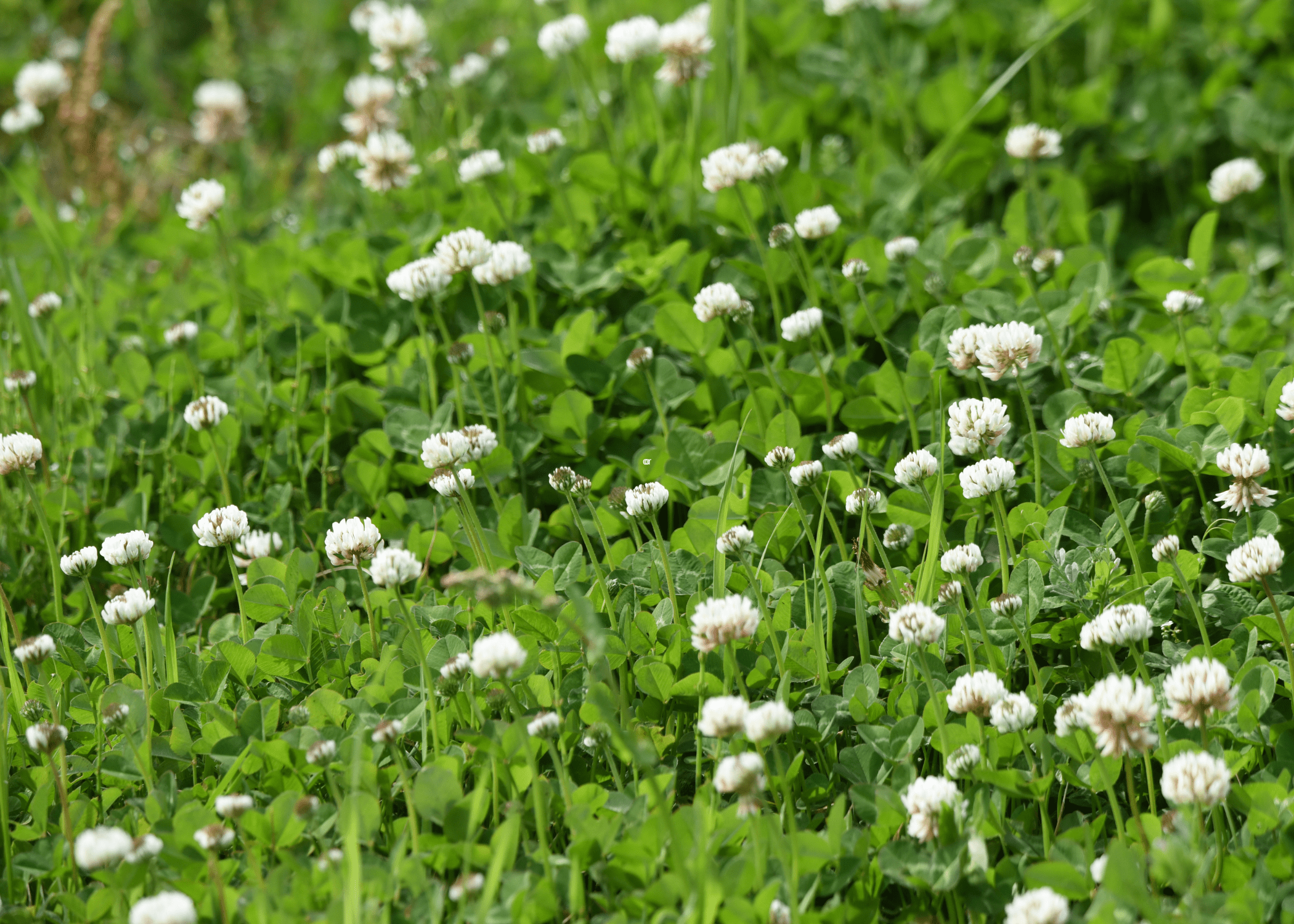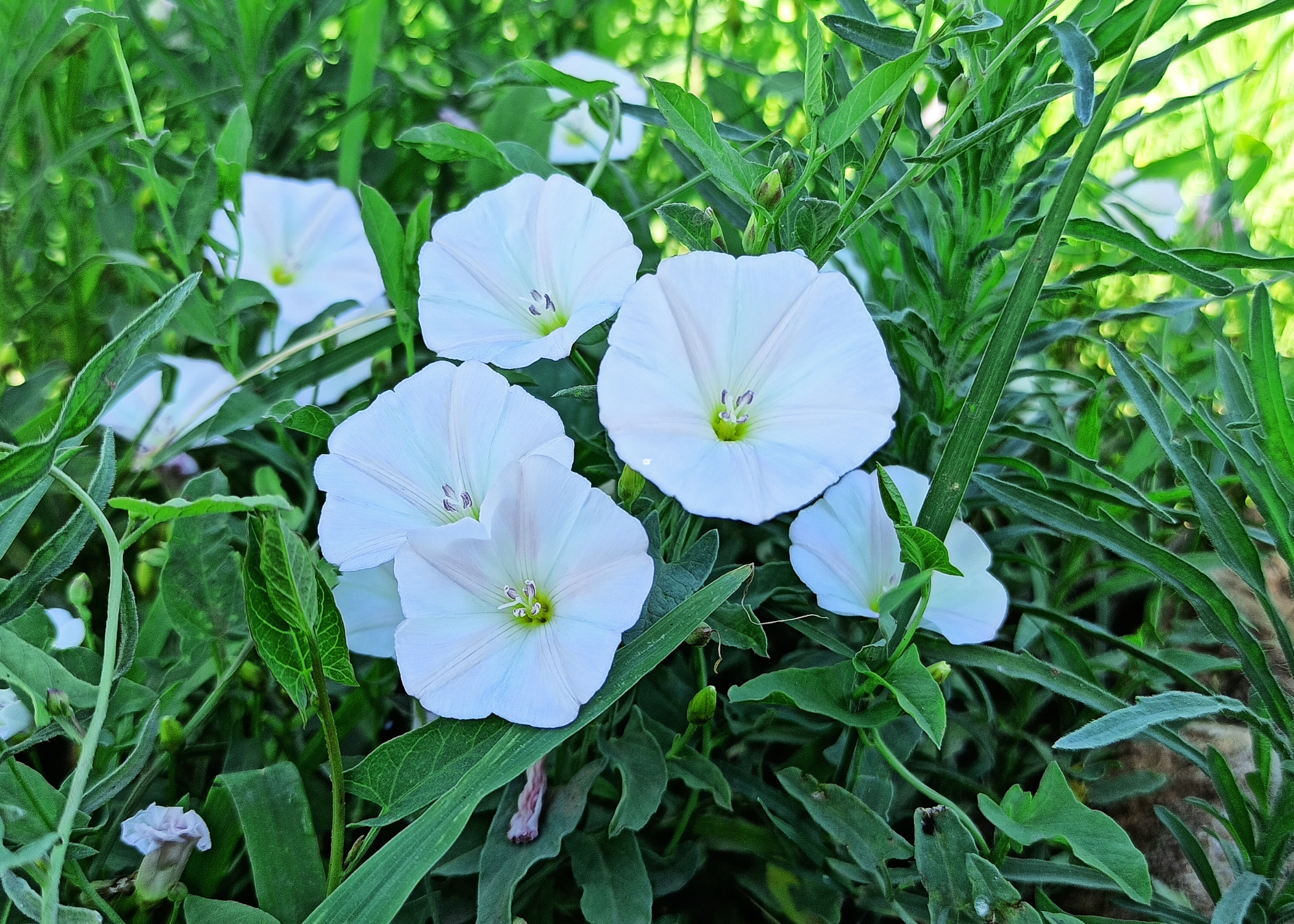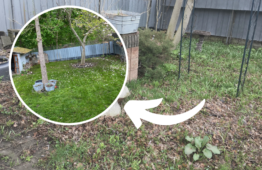How To Get Rid Of Weeds Without Killing Grass For A Perfect Lawn
A homeowner’s cherished source of pride, the green expanse of a lush lawn is a serene oasis offering respite and beauty. However, this idyllic landscape often finds itself embroiled in an unending struggle against the relentless invasion of troublesome weeds.
These unwelcome intruders not only compete with your grass for vital nutrients, water, and sunlight but also tarnish your carefully tended lawn. With a myriad of weed species, each demanding a unique approach for effective eradication, navigating this battle requires a tailored strategy.
Here’s a detailed guide on how to kill common weeds, not grass, to ensure your yard has a lush green lawn.
Dandelion, White Clover, and Broadleaf Plantain: Tackle with Herbicides
Dandelion (Taraxacum officinale)
Dandelions are perennial weeds with deep taproots, making them particularly challenging to eradicate. The best way to control dandelions is by using a broadleaf herbicide. Apply the herbicide directly to the foliage when the dandelions are actively growing, typically in the fall or early spring. For smaller lawns, spot treatment works well, but a broadcast application may be necessary for larger areas. Be sure to follow the label instructions for safe and effective use.

White Clover (Trifolium repens)
White clover is a nitrogen-fixing plant, often appearing in lawns with low nitrogen levels. You’ll need a selective herbicide designed to target broadleaf weeds to control white clover. In addition to chemical treatment, improve your lawn’s nitrogen levels by applying a balanced fertilizer. Regular mowing and thickening your grass through overseeding can also help crowd out clover.


Broadleaf Plantain (Plantago major)
Broadleaf plantain is a resilient perennial weed with broad, oval leaves. Like dandelions and clover, broadleaf plantain can be controlled using a broadleaf herbicide. For best results, apply the herbicide when the plantain is actively growing. Manual removal is an option for smaller infestations, but be sure to remove the entire root to prevent regrowth.

Crabgrass, Chickweed, and Knotweed: Pre-Emergent Control
Crabgrass (Digitaria spp.)
Crabgrass is an annual weed that thrives in hot, dry conditions. The key to controlling crabgrass is preventing its seeds from germinating. Apply a pre-emergent herbicide in early spring before the soil temperatures reach 55 degrees Fahrenheit. This timing ensures the herbicide creates a barrier that prevents crabgrass seeds from sprouting. Maintaining a thick, healthy lawn through proper mowing, watering, and fertilizing will also help keep crabgrass at bay.

Chickweed (Stellaria media)
Chickweed is a winter annual weed that can be controlled effectively with pre-emergent herbicides. Apply the herbicide in late summer or early fall to prevent chickweed seeds from germinating. For existing infestations, a post-emergent broadleaf herbicide can be used. Manual removal is also effective, especially if done before the plants set seed.

Knotweed (Polygonum aviculare)
Knotweed is a tough annual weed that grows in compacted soils. To control knotweed, apply a pre-emergent herbicide in early spring. Aerating your lawn to reduce soil compaction can also help prevent knotweed from taking hold. If knotweed is already present, a post-emergent herbicide can be used to kill the active plants.

Bindweed, Canada Thistle, and Creeping Charlie: Persistent Pests
Bindweed (Convolvulus arvensis)
Bindweed is a perennial weed with deep, extensive roots. Controlling bindweed requires persistence. Systemic herbicides that move through the plant and into the root system are most effective. Apply the herbicide when bindweed is actively growing and repeat treatments as necessary. Manual removal is difficult but can be attempted by digging out as much of the root system as possible.

Canada Thistle (Cirsium arvense)
Canada Thistle is a perennial weed with a deep, creeping root system. Systemic herbicides are also the best option for Canada Thistle. Apply the herbicide when the thistle is in the rosette stage, typically in late spring or early fall. Regular mowing can weaken Canada Thistle over time, but it is unlikely to eliminate it entirely.

Creeping Charlie (Glechoma hederacea)
Creeping Charlie, also known as ground ivy, is a persistent perennial weed that spreads through stolons. The most effective way to control Creeping Charlie is with a post-emergent broadleaf herbicide. Apply the herbicide in the fall when the plant is actively moving nutrients to its roots. Multiple treatments may be necessary. Hand-pulling is an option for small areas, but ensure you remove all runners to prevent regrowth.

Related Articles
- How to Aerate Your Lawn to Achieve a Healthier Yard
- Topdressing Your Lawn Is The Best Way To Ensure Thriving Grass
- Step-by-Step Guide for How to Sharpen Lawn Mower Blades
By understanding each weed’s specific needs and lifecycle, you can tailor your control methods for maximum effectiveness. Regular lawn maintenance, including proper mowing, fertilizing, and watering, will also help create an environment where grass thrives and weeds struggle to take hold. You can keep your lawn weed-free and beautiful with persistence and the right strategies.
Ready to start your next project? Join our DIY community to receive tool tips, how-to guides, and exclusive creative insights. Subscribe to the ManMadeDIY newsletter now!
FAQs
How can I kill weeds without harming my grass?
Use selective herbicides that target weeds but are safe for grass types in your lawn.
What are some natural ways to kill weeds without damaging grass?
Methods include hand-pulling weeds, using vinegar or boiling water, and applying corn gluten meal as a pre-emergent weed control.
Can mowing height affect weed growth in my lawn?
Yes, maintaining a higher mowing height shades the soil, preventing weed seeds from germinating and competing with grass.
Should I fertilize my lawn to prevent weeds?
Yes, a healthy, well-fed lawn is better equipped to outcompete weeds. Use balanced fertilizers appropriate for your grass type.
When is the best time to apply weed control products?
Apply herbicides when weeds are actively growing, typically in spring or fall, and follow product instructions carefully to avoid harming grass.
What are some common mistakes to avoid when trying to kill weeds not grass?
Overusing herbicides, not identifying weeds correctly, neglecting lawn health, and not addressing underlying soil issues can all hinder effective weed control efforts.







